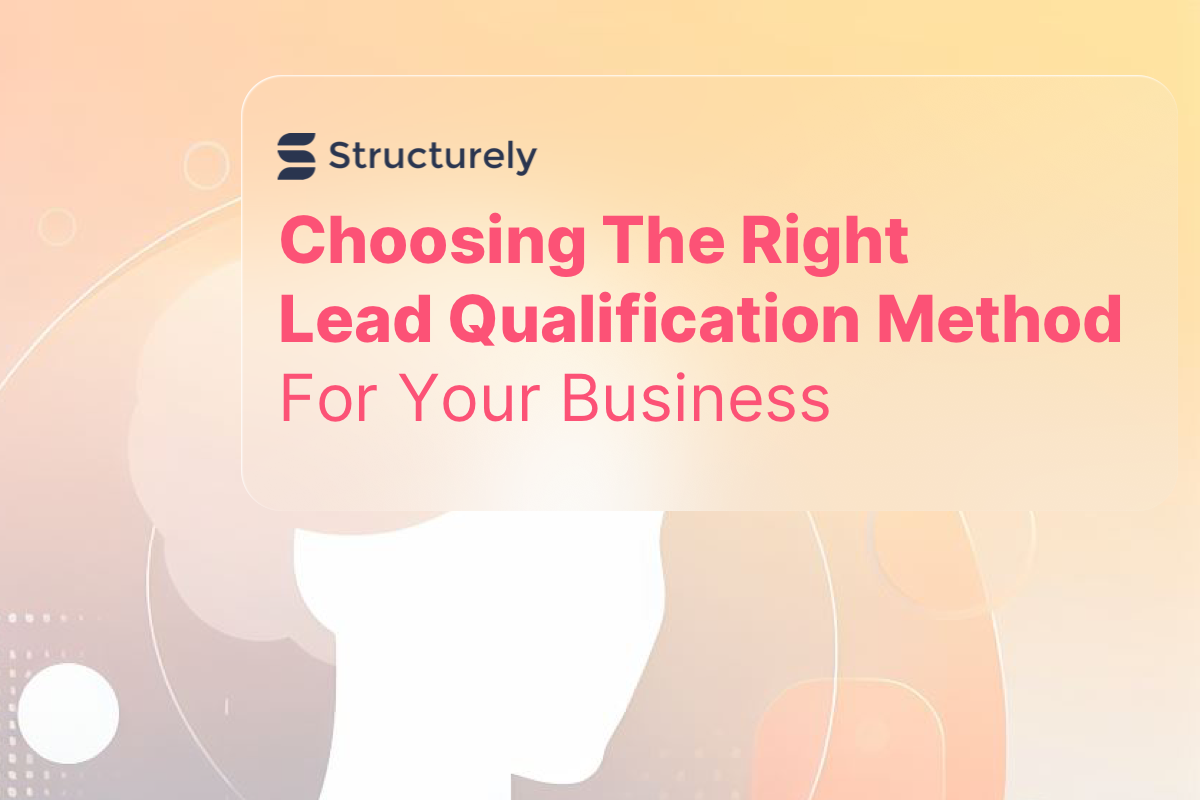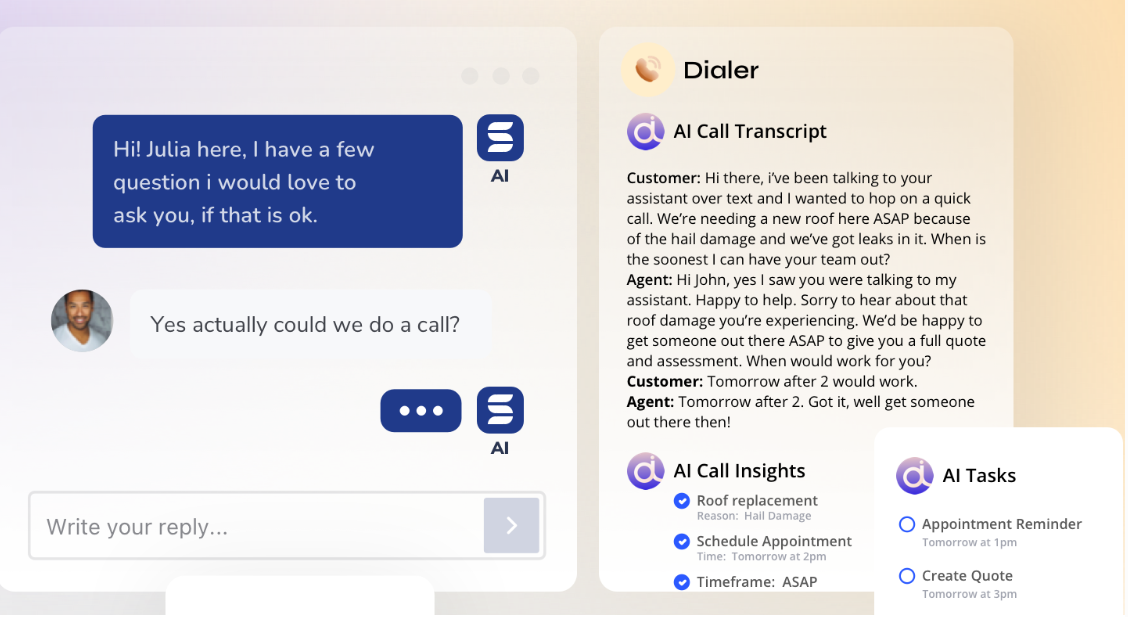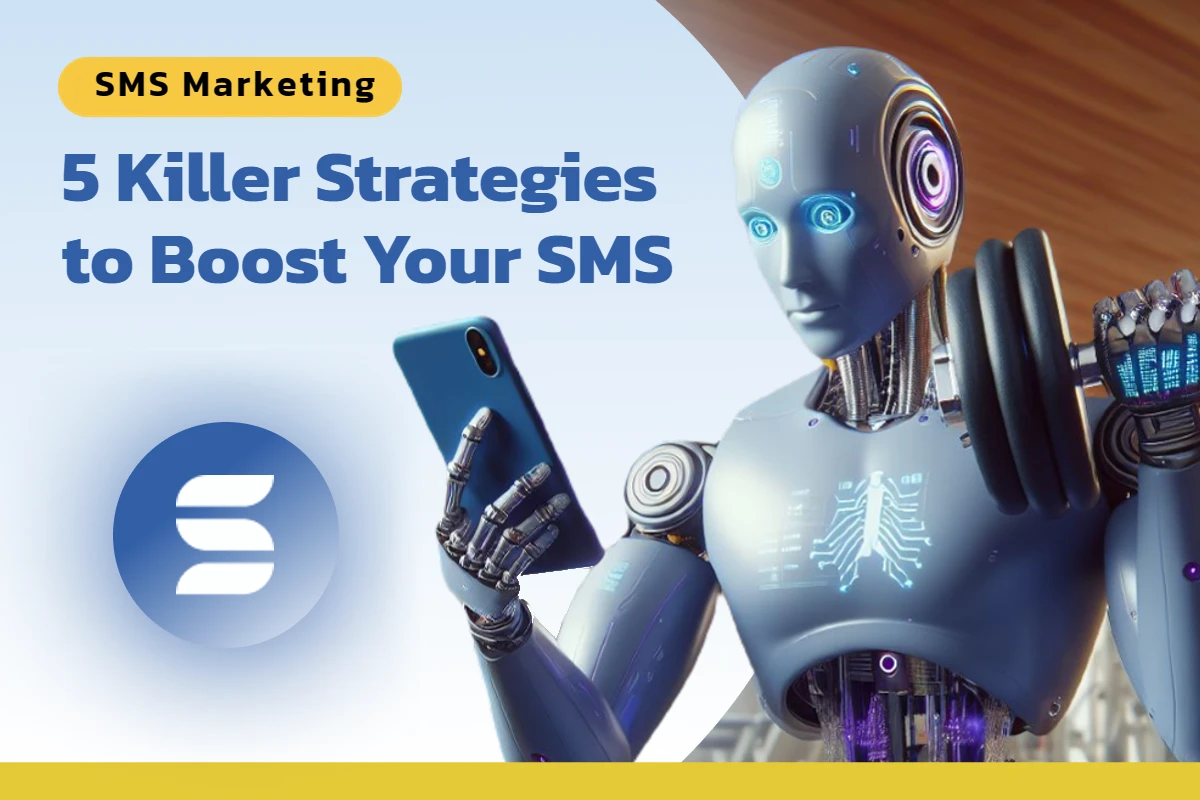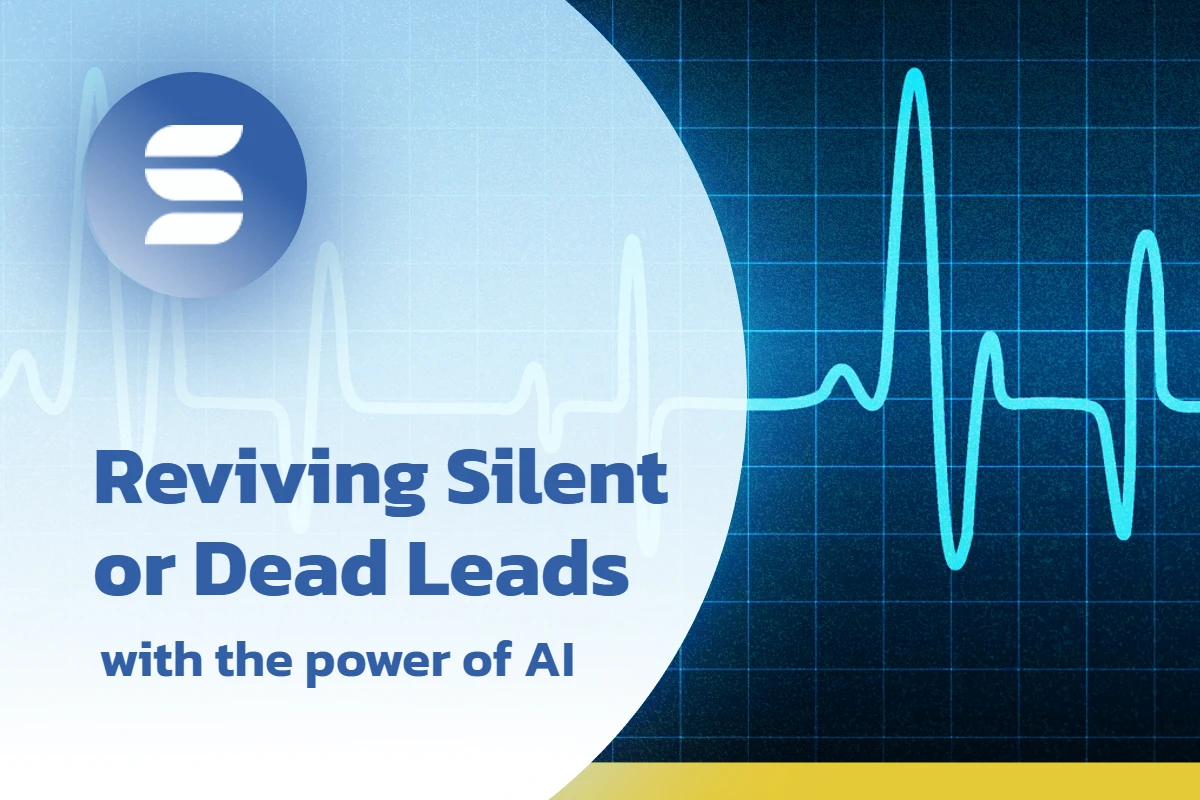

Choosing The Right Lead Qualification Method For Your Business
How you qualify leads factors into revenue forecasts, pipeline health, and the overall productivity of sales processes. All these and more depend on identifying qualified leads.
The issue is that qualification methods that work for Company A won’t necessarily translate to Company B. You need a framework you can build upon. Good news, we’re here to help with just that!
By the end of this guide, you’ll be able to find which lead qualification methods work best for your business and how you can apply them to your sales process. Let’s start with the basics.
What Is Lead Qualification?
Having a Rolodex of leads doesn’t equate to revenue just yet. You must first qualify those leads to identify the ones with the highest interest and buying intent.
But, even when leads are interested in buying, that isn’t the end all be all. Are they key decision-makers? Do they have the budget for it? Is your product an urgent need?
We must consider several key pieces of information before calling a lead “qualified.” That’s where lead qualification methods come in.
Qualification Methods for Identifying High-Value Leads
As mentioned earlier, there isn’t a one-size-fits-all approach to lead qualification. Luckily, most of these methods follow the same principles.
Below is a list of lead qualification methods whose fundamentals can apply to most businesses. So, take what resonates with you, iterate, and make it your own.
BANT
Publishing: This bold formatting will likely break in WebFlow and need to be fixed manually.
BANT stands for Budget, Authority, Need, and Timeline. Qualifying using the BANT method allows your sales team to identify if your lead:
- Has the Budget to purchase your products/services.
- Is somebody with the Authority to make the purchase.
- Needs your product/service to solve pain points.
- Have a Timeline for when they plan to purchase solutions for pain points.
BANT is a relatively straightforward qualification method. But if you want more flexibility covering all bases, you can try the MEDDICC framework.
MEDDICC
MEDDIC is a more robust qualification method that considers not only the lead as an individual but also the overall sales process and key decision-makers in the company.
It stands for Metrics, Economic Buyer, Decision Criteria, Decision Process, Identify Pain, Champion, and Competition.
This methodology allows you to qualify leads based on technical, economic, and relational criteria. Taking all that into account, MEDDIC helps you answer the following questions:
- What key metrics are your leads looking at when considering a new solution?
- Who are the key decision-makers?
- What are the criteria these decision-makers use when purchasing?
- What does their overall buying process look like?
- What are the pain points preventing leads from hitting sales goals?
- Who are the main supporters you have within a lead’s company?
- Who are your rivals within your industry?
MEDDICC is an excellent framework for businesses in B2B and Enterprise. However, you can look at FAINT if you want something more compact and linear.
FAINT
FAINT qualifies leads based on five key areas: Funds, Authority, Interest, Need, and Time. It’s similar to BANT in that it first emphasizes a lead’s budget and authority.
But what separates FAINT from BANT is the consideration of a lead’s interest in your product or services. When a lead shows interest, you improve your chances of closing a sale.
BANT and FAINT are two methodologies that help you qualify leads based on YOUR criteria. If you want to use something more customer-centric, consider using ANUM.
ANUM
ANUM considers if your products/services are a fit for your leads, not the other way around. It stands for Authority, Need, Urgency, and Money.
Using this customer-centric framework allows your sales team to empathize and offer better solutions to your leads. It helps you answer:
- Am I talking to an authority figure or decision-maker?
- Does a lead need my products or services?
- Do they urgently need solutions for their issues?
- Do they have the budget for purchasing a solution?
Putting your lead’s needs first is great for establishing lasting relationships. But if you want a framework that prioritizes sales-ready leads, NEAT is worth looking into.
NEAT
NEAT is an acronym that stands for Need, Economic Impact, Access to Authority, and Timeline.
Using NEAT, your reps can easily identify a lead’s needs. Then, it helps contextualize how your products/services create an economic impact within a lead’s organization.
Instead of qualifying based on a lead’s authority, it looks at a lead’s “Access to Authority.” This means that if a lead isn’t a key decision-maker, they could still connect you to the person who is.
Qualification methods outline which leads your reps should focus on. Unfortunately, qualifying leads manually can be an exhausting endeavor. Fortunately, this can be automated.
Automating Lead Qualification
Qualifying means pitting leads against your ideal customer profile (ICP), buyer personas, and criteria from your qualification method. That’s a lot of work and time spent on qualifying alone.
We want to ensure our leads are qualified. But if we want to grow and scale our business, we need ways to streamline qualification—that’s where automation comes in.
Tools like Structurely automate qualification when a lead engages with any of your platforms. It uses AI to answer lead inquiries organically, learn pain points, and offer solutions.
Structurely can schedule meetings right from the inquiry stage. This ensures that your sales reps are provided with pre-qualified leads.

If leads haven’t responded to your outreach or skipped out on a meeting, you can set up automated follow-ups or drip campaigns via texts, messaging, and calling.
When a rep does get into a call with a lead, Structurely can provide key insights, record, and create entire call transcripts—then create tasks based on those insights.
Key Takeaways
Lead qualification methods help your sales team create criteria for which leads your sales reps should focus on. As a quick refresher, the most popular of these methods are:
- BANT
- MEDDICC
- FAINT
- ANUM
- NEAT
However, you’d still need to qualify each lead manually. This takes a lot of time and resources. Automate lead qualification if you want your team to focus on dollar-productive tasks.
When it comes to automating lead qualification, Structurely covers all bases. Start streamlining your sales workflow today!


